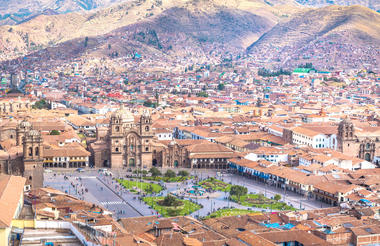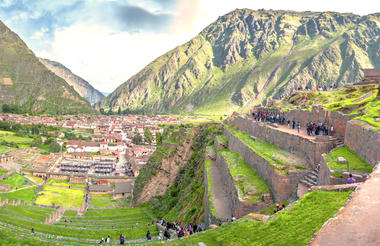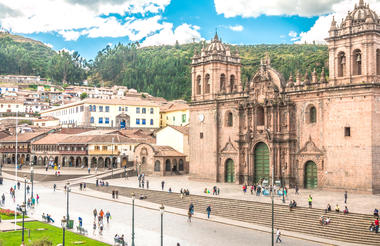Situated in northwestern Brazil where the mighty Solimoes, Negro, and Madeira rivers converge to form the grand Rio Amazonas, the Amazonas State is the largest in Brazil and is covered almost entirely by the Amazon rainforest. The rivers join at the capital port city of Manaus, which serves as a great base for exploring the area and offers some interesting forest tours and landmarks of its own. Visitors can look forward to taking a boat tour of the Rio Negro's Anavilhanas Archipelago and its hundreds of islands, occupied by a number of indigenous villages. Other popular attractions include the Jardim Botânico Adolpho Ducke in Manaus, the world’s largest urban forest, and, also in Manaus, the gorgeous opera house of Teatro Amazonas, built at the height of the rubber boom.



A dynamic coastal neighbourhood synonymous with leisure, luxury and nightlife, Copacabana is characterised by million-dollar penthouses, stunning neoclassical buildings and tiny apartments set against a magnificent backdrop of jungle-clad mountains in Rio de Janeiro. From its humble origins as a small fishing village, the "Princess of the Sea" is now a leisure seeker's paradise, bursting with restaurants, nightclubs, bars and hotels, and emits a lively, effervescent energy, perfect for the social traveller. To learn its history, visit Forte de Copacabana, a fort and museum that traces the early days of the Portuguese colony through to the mid-19th century. Art enthusiasts will appreciate a visit to The Eva Klabin Foundation (Casa Museu Eva Klabin), a historical home of famous art and antique collector Eva Klabin that houses over 1000 art pieces from all over the world. A visit to Copacabana is incomplete without the world-famous Copacabana Beach, a 4-kilometre stretch of golden sand dotted with brightly-coloured umbrellas, bars and a popular playground for watersports, football, volleyball, or simply lazing in the sun.
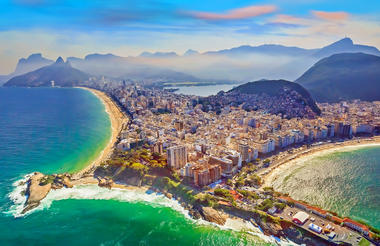
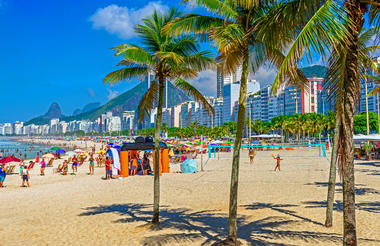
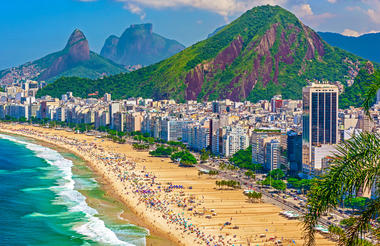
Foz do Iguacu is an important Brazilian town within the state of Parana, set close to the three-way border between Brazil, Argentina and Paraguay. Explore the incredible natural wonders of the UNESCO-listed Iguazu National Park, which offers the chance to see not only the enormous cascading waterfalls (one of the largest in the world) but also numerous rare and endangered plants and animals. At the Bird Park, see bright and beautiful winged species. Marvel at the architecture, atmosphere and sacred ceremonies at the Buddhist Temple and Omar Ibn Al-Khattab Mosque. Delve into local heritage by attending the mesmerising Ipora Show, a celebration of culture through story, song and dance. Other highlights include the Three Borders Landmark, Itaipu Dam, and Dreamland Wax Museum.



Situated on Argentina’s stunning Rio de la Plata coast, Buenos Aires is a thriving portside capital defined by a rich history, vibrant culture, and strong European influence - thus nicknamed the Paris of South America. Countless museums covering a cornucopia of subjects; an active theatre culture; carnivorous buffets second to none; sensuous tango performances; a mosaic of architecture; and shops to fit all fancies – all these facets and more make up the seductive blend that is Buenos Aires. Some of the city’s highlights include the buzz of the La Bombonera Stadium; tango and milonga venues like the Bohemian La Catedral; and heritage architecture such as that at the Cementerio de la Recoleta, where visitors can wander through a ‘city’ of massive statues and marble mausoleums. Don’t miss the International Festival of Independent Cinema and the vibrant annual Pride Parade.
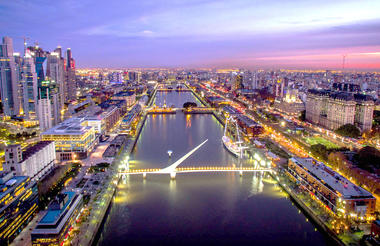
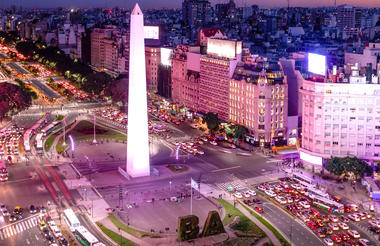
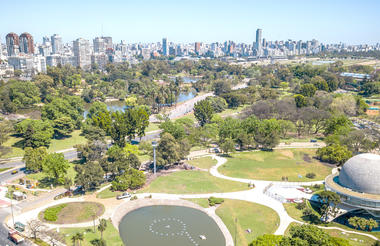
Peru’s capital is a fantastic city to tour, dotted with a multitude of cultural sites and beautifully preserved architecture. Founded by the conquistador Francisco Pizarro in 1535, Lima was first named ‘City of Kings’ – a biblical reference to the ‘Three Wise Men of the East’ – before its name was changed by the Spanish colonialists. The most significant historical buildings are located around the Plaza Mayor, the most notable being the Government Palace, where one can still observe the changing of the guard performed by the Húsares de Junín. The beautiful Cathedral and the various small palaces and colonial balconies also play also their part in the beauty of the city. Another highlight is the famed Larco Herrera Museum, documenting the millennial cultures that preceded the Inca civilization and containing a priceless collection of pre-Columbian artifacts, including some of South America's finest pre-Inca erotic pottery.
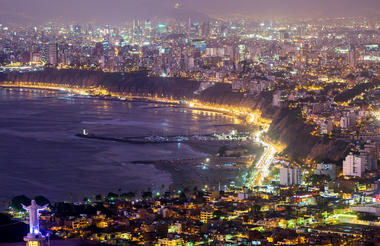
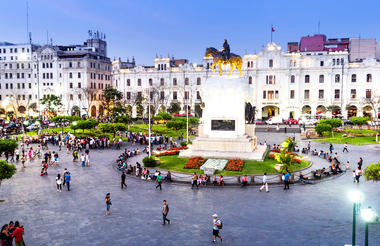
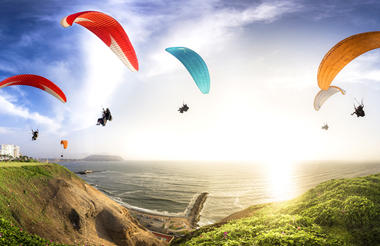
Once called the ‘Navel of the World’ by the Incas, Cusco rises in the southern Andes of Peru, where colonial grandeur meets the enduring stonework of the Inca Empire. A UNESCO World Heritage Site, it serves as the main gateway to Machu Picchu, the Sacred Valley, and surrounding ruins. At its centre, the Plaza de Armas—once Huacaypata—remains alive with cafés, arcades, and the 16th-century Cusco Cathedral, built from Sacsayhuamán’s stones. Nearby, the San Blas district unfolds with whitewashed adobe houses, blue balconies, and workshops where artisans craft metalwork, woodcarvings, and sacred art. Across the city, layers of history reveal themselves in landmarks such as the Korikancha, the Inca street of Hatun Rumiyoc with its twelve-angled stone, the Museum of Colonial Art, and the ancient shrines and water temples scattered through the surrounding hills.
